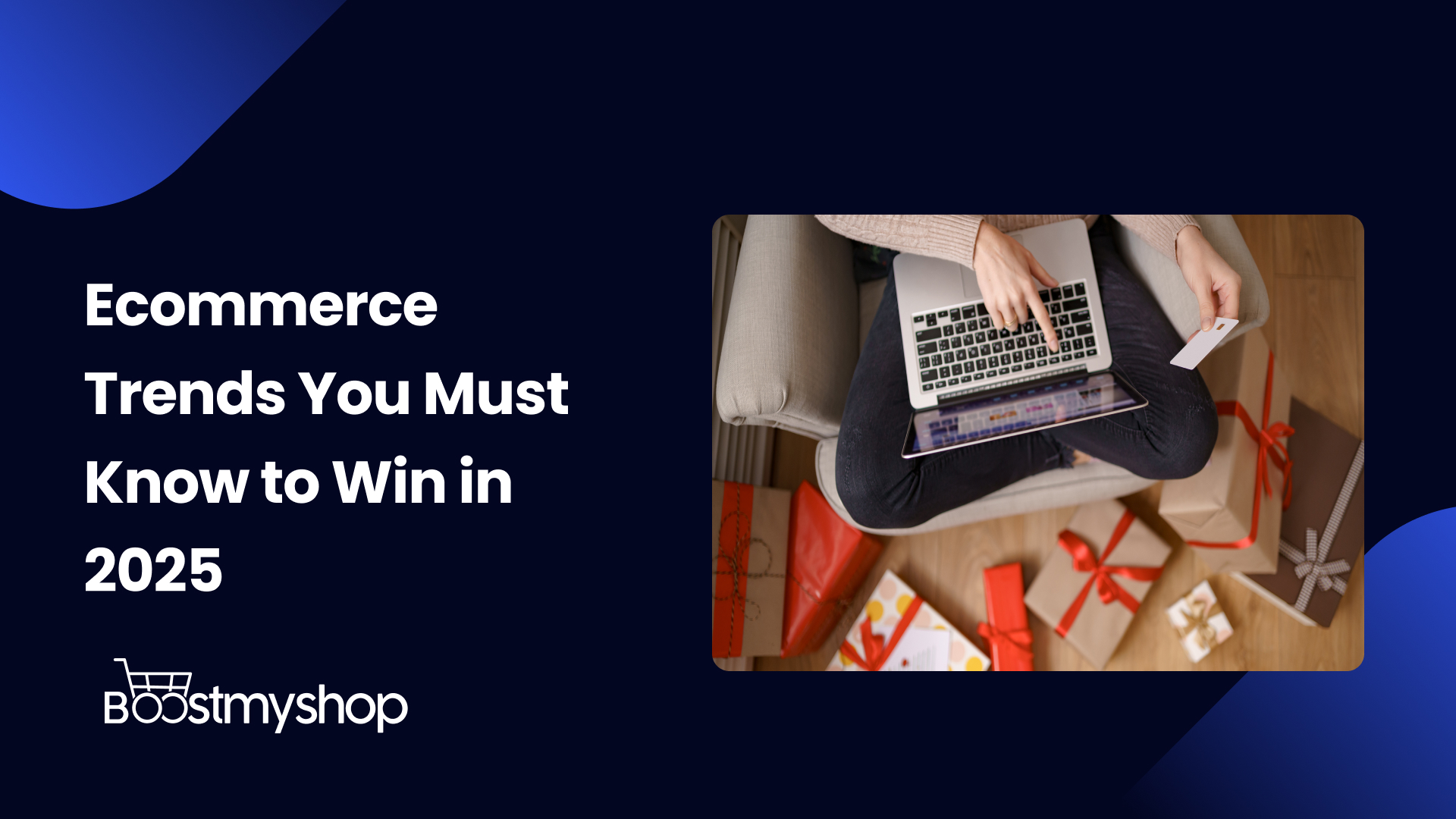Ecommerce Trends You Must Know to Win in 2025
The e-commerce industry is moving faster than ever, shaped by ecommerce trends from AI breakthroughs, shifting consumer expectations to the demand for frictionless digital experiences. By 2025, global sales will surge driven largely by mobile and social commerce, yet competition will be tougher, margins thinner, and customer expectations higher.
To stay ahead, retailers need to master the game-changing trends that will define the future of online retail.
1. AI Becomes the Growth Engine
Artificial intelligence is no longer an optional add-on, it’s the backbone of e-commerce.
Hyper-Personalization: AI will refine every step of the buyer’s journey, tailoring product discovery, promotions, and post-purchase support in real time.
Smarter Chatbots: Advanced NLP-powered assistants will resolve complex queries instantly, providing 24/7 service while cutting support costs.
Operational Intelligence: From predictive inventory to automated supply chain management, AI ensures efficiency while reducing risks of stockouts and overstocks.
2. Composable Commerce Redefines Agility
Monolithic platforms are fading. Retailers are adopting composable commerce, building tailored ecosystems with best-of-breed microservices.
Rapid Innovation: Brands can launch new features (loyalty, subscriptions, AR try-ons) in weeks, not months.
No Lock-In: Freedom to swap or upgrade services keeps platforms future-ready.
Proven ROI: Early adopters report faster time-to-market and measurable gains in customer experience.
3. Social Commerce Takes Center Stage
Shopping is happening where customers already spend time on social platforms.
Shoppable Content: TikTok, Instagram, and Snapchat are embedding seamless checkout into feeds.
Influencer-Driven Growth: Authentic endorsements will drive high-converting, niche audience engagement.
Massive Market: Social commerce revenues are set to exceed $1.69 trillion by 2024, on track to surpass $6 trillion by 2030.
4. Payments & Fulfillment Get Smarter
Convenience is king, and retailers must deliver.
Mobile Payments: Fueling higher AOVs and opening doors to younger shoppers.
Flexible Fulfillment: Same-day delivery, curbside pickup, and drone shipping will shift from novelty to expectation.
Effortless Returns: Customer-centric returns systems will become a baseline for retention.
5. Sustainability as a Differentiator
Consumers want brands that align with their values.
Green Packaging & Shipping: Eco-conscious practices build loyalty.
Transparent Supply Chains: Blockchain and advanced analytics give shoppers visibility into product origins.
Circular Models: Rentals, resale, and subscription-based offerings are gaining traction.
6. Data-Driven Personalization – Balanced with Privacy
Hyper-Relevance: Personalized recommendations, ads, and landing pages will be the default.
Privacy-First: Compliance with GDPR, CCPA, and new regulations will be non-negotiable.
7. Omnichannel Experiences Expand
E-commerce is everywhere: mobile apps, smart TVs, wearables, and even AR/VR platforms.
Channel-Specific Journeys: Tailored UX across devices boosts engagement.
Real-Time Sync: Shared APIs ensure inventory and pricing are always consistent.
8. AR & Voice Commerce Become Mainstream
Augmented Reality: Virtual try-ons and immersive demos will drive conversion and willingness to pay.
Voice Search: With Alexa, Siri, and Google Assistant embedded in daily life, retailers must optimize for conversational shopping.
The Bigger Picture: Growth Meets Saturation
Global e-commerce sales are projected to reach $9 trillion by 2032, but growth rates are slowing. Saturation means retailers can’t rely on momentum alone, they need sharper differentiation.
The Winning Playbook for 2025:
- Harness AI for intelligence and personalization
- Adopt composable commerce for agility
- Leverage social platforms for growth
- Commit to sustainability and trust as core values
Final Word
E-commerce in 2025 will belong to the brands that move fast, stay flexible, and put the customer at the center. By embracing AI, composable systems, and socially driven commerce, businesses can not only keep pace with change but lead it.


